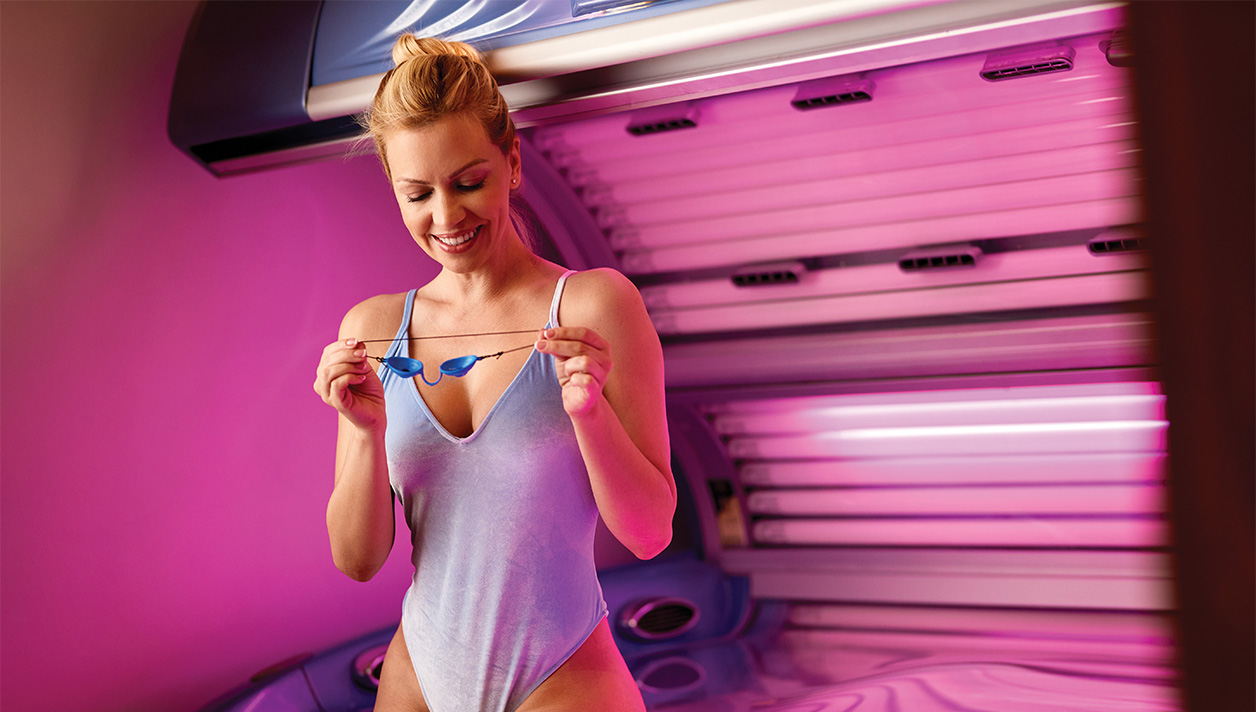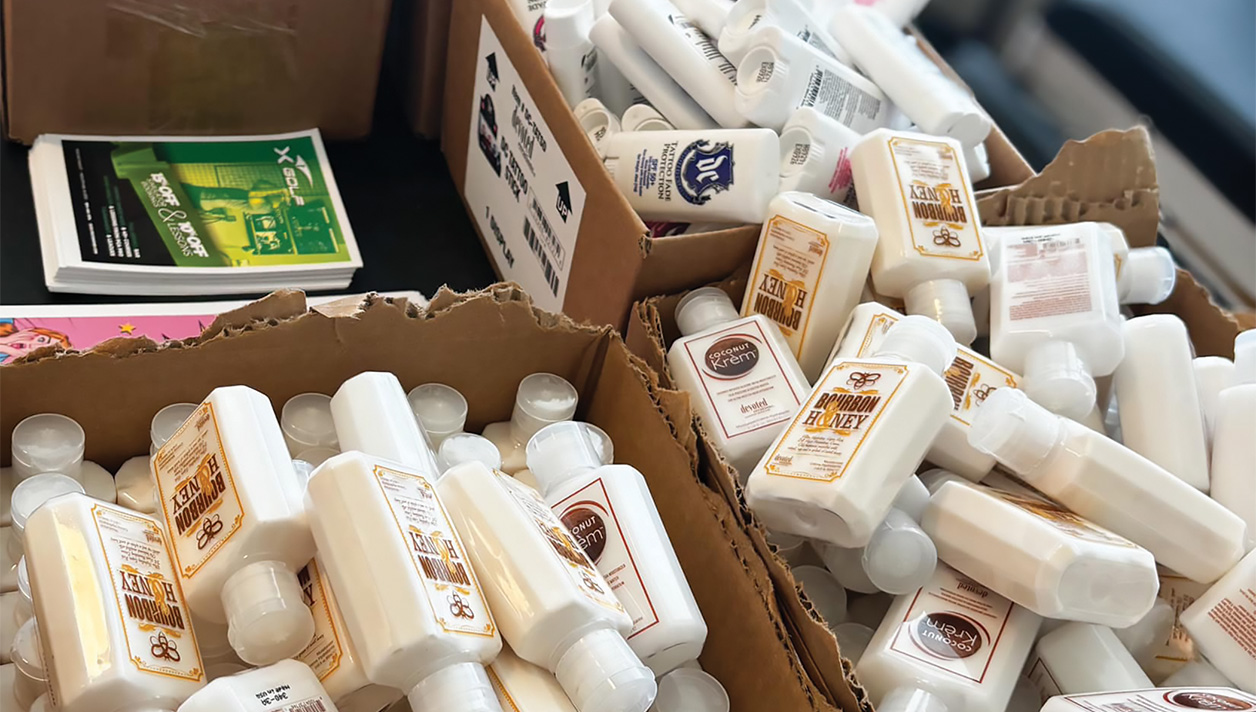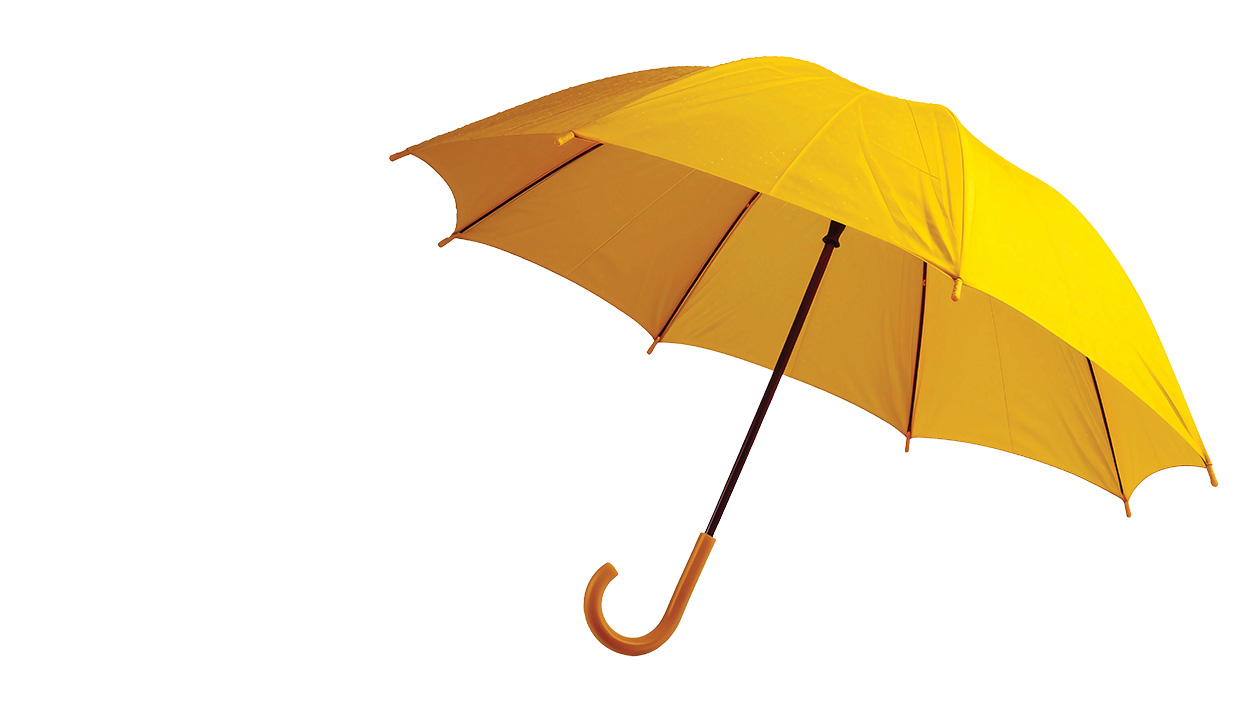This month’s Watchdog “snarl and bite” was taken from a web post on a European site that claimed “scientists from Germany and the U.S. have just published a study that showed almost 20% of indoor tanning users have addictive symptoms, such as urges, cravings or diminished control.” (goo.gl/8fyqnm)[gap height=”15″]
So, let’s begin to dissect the post. Clearly (although not to the author’s benefit) it COULD have stated that, “a startling number, almost 80%, of indoor tanning users enjoy indoor tanning but show no addictive symptoms such as urgings, cravings or diminished control.” What do you think about that as the lead in? I would agree with it and it’s accurate. [gap height=”15″]
Here’s the next phrase to stir up a reaction: “Despite the well-known risks of using sunbeds, a shocking 10% of Brits still do and one in 50 is actually addicted to them.”[gap height=”15″]
Well, here’s my stab at this statement: “Are you aware that a 90% of Brits – a shocking number – do NOT use sunbeds? In fact, an average of only 20 out of every 1,000 claims to be addicted to them.” [gap height=”15″]
“Scientists from Germany and the U.S. have just published a study in the British Journal of Dermatology, which showed that almost 20% of indoor tanning users have addictive symptoms, such as urges, cravings or diminished control.” Okay. Therefore, an overwhelming majority (80%) of indoor tanners show no addictive symptoms. [gap height=”15″]
Next, they try to lure us to continue reading. “Are you itching to get your next ‘fix’? Does the thought of never being able to ‘use’ again send you into a cold sweat? We’re not talking about the murky depths of drug addiction here – but the compulsion to top up your tan on a sunbed.” Huh? Murky depths of addiction? Well, no murky depths for me … but I do enjoy a periodic controlled dose of UV at an indoor tanning facility![gap height=”15″]
Here’s more. “Experts say that many sunbed users are still misinformed – and think it’s actually safer than sun exposure … Many people think they offer a controlled way to get a safe, healthy tan.” Of course, for those of you who read IST Magazine and/or have taken Sun is Life® Training and Certification know that the FDA forbids the use of the words “safe” or “safer” when advertising or marketing indoor tanning services. It continues with: “Another commonly cited health benefit is the myth of the base tan – the idea that getting a sunbed tan ahead of a holiday will protect you from the sun. In reality a ‘base tan’ gives very little protection from the sun – thought to be about the equivalent of SPF 4 – much less than the SPF 30 recommended.” Well, an SPF 30 may be recommended, but an SPF 4 (for those who are exposed to natural sunlight) is clearly better than no SPF at all.[gap height=”15″]
They end the story with: “Better education around skin cancer and the dangers of tanning is key, and we are keen to see better health warnings,” says Matthew. “However, there needs to be a culture shift as well – people shouldn’t have to feel like they are choosing between their health and feeling attractive.” Well, what is being overlooked is that for those who weigh the risk and benefit of UV exposure, millions choose indoor tanning in facilities where UV sessions are delivered by skin type and a timer, minimizing the risk of overexposure and sunburn.[gap height=”15″]
Team IST searches for erroneous, suspect or negative reporting by the media that adversely impacts the tanning industry. Reports such as these have plagued tanning businesses for decades. Although the media sources will seldom admit a falsehood and print a retraction, IST offers these well-crafted responses to the negative reports that can be shared with your customers and potential customers, alike.[gap height=”15″]
No murky depths of addiction for me … but I do enjoy a periodic controlled dose of UV at an indoor tanning facility![gap height=”15″]



























